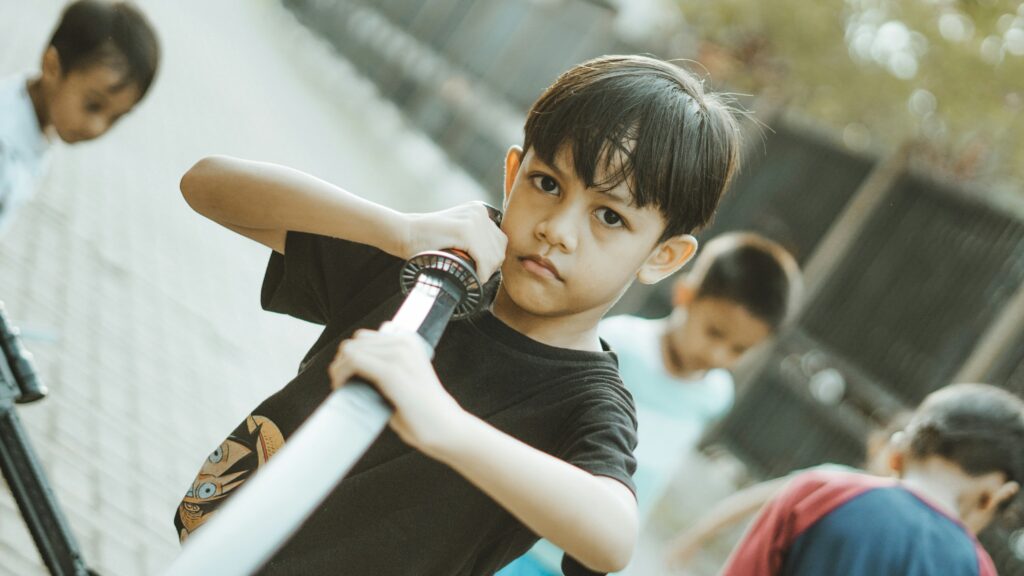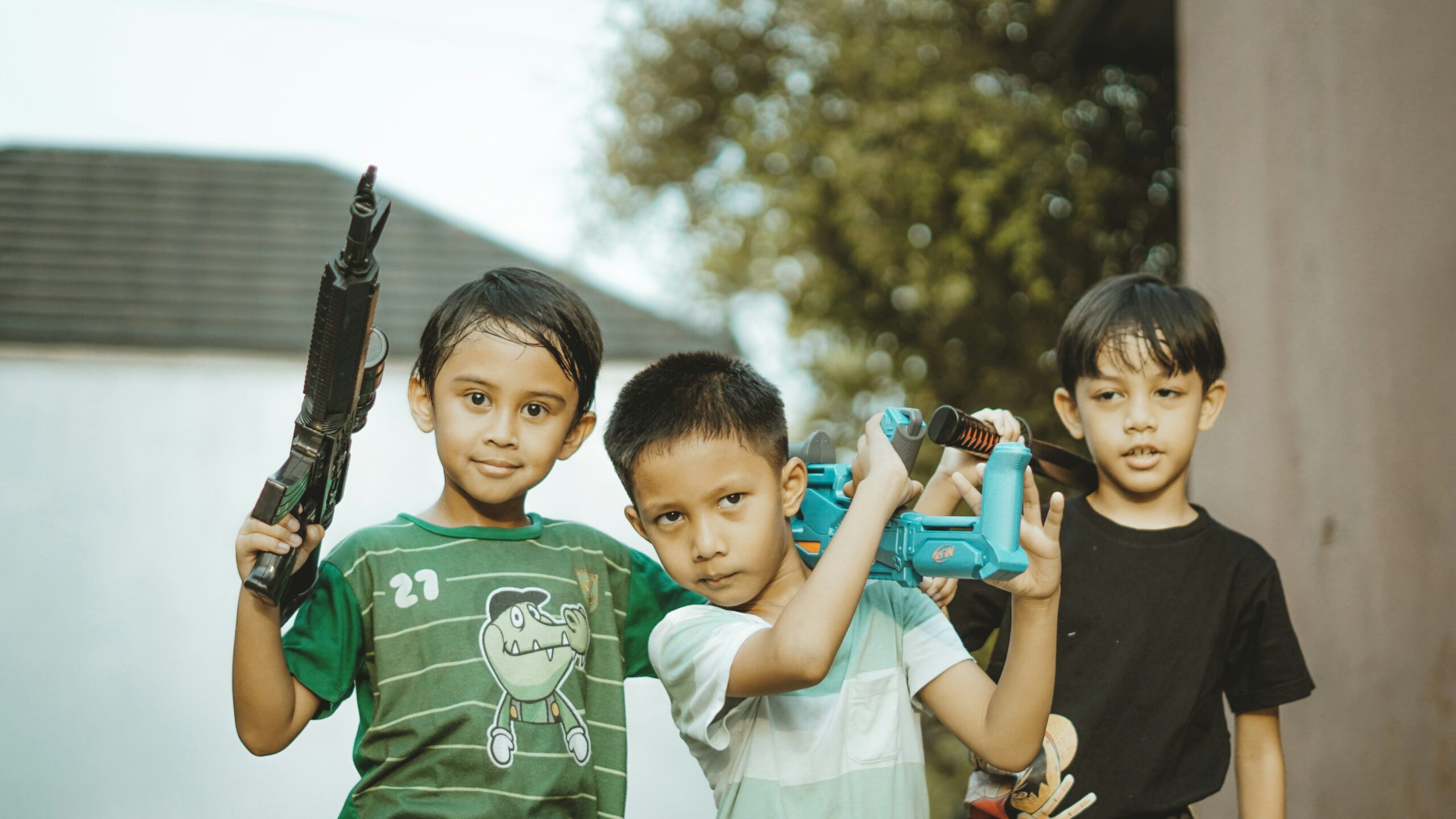A Class 10 student stabbed to death by a peer outside his Ahmedabad school gate. Another teenager in Delhi fatally attacked his classmate after a heated quarrel. In Uttarakhand, a Class 9 student pulled a gun on his teacher inside a classroom, enraged over a reprimand. Such chilling headlines are surfacing with disturbing frequency across India, leaving parents, educators, and policymakers shaken. Why are our classrooms turning into sites of violence? And more importantly, what is driving students to such extreme, destructive outbursts at such a young age?

Around the country, there is growing concern in schools as to increased aggression among its children and teens – fights, bullying, vandalising property and violence towards teachers. Medical experts are cautioning that this is not about bad behaviour but a complicated interplay of neurological, psychological and environmental concerns.
Dr. Rashmi Khanna, a neurologist in Bengaluru, says the adolescent brain is biologically inclined toward impulsivity. “During the teen years, the prefrontal cortex — responsible for judgment, impulse control and decision-making — is still maturing, while the amygdala, which drives emotional responses, is in overdrive. That mismatch makes teenagers more prone to emotional outbursts and aggression,” she explains. Constant stressors like academic pressure and peer competition can further overstimulate these neural circuits, making even small triggers feel explosive, Dr. Khanna adds.
Parents often attribute aggression to “bad company” or “lack of discipline”, but neurologists point to something deeper. Dr. Arvind Rao, a child neurologist in Mumbai, says digital overstimulation is a major driver. “Children are spending hours consuming fast-paced, high-drama content — from violent video games to reels and intense shows. This rewires the brain’s reward system, increasing the need for constant, high-intensity stimulation. As a result, patience drops, frustration tolerance weakens and aggressive reactions become more common,” he explains.

Many schools say playground fights are more common among children who spend their free time on violent gaming platforms. And in one case, a group of 15-year-olds enacted the moves from an action game they had been playing at school during lunch break and climbed a wall leaving one of them with a broken arm. “These games reward aggression. The brain eventually begins to link dominance with violence as a path to success, and children mimic that in real life — they just don’t know it,” Dr. Nair explained.
But it’s not just digital habits. Neurologists say lifestyle and environmental change is also a factor. Less exercise, sleep deprivation, rotten food, all have been associated with irritability and aggression. Lack of sleep damages the brain’s capacity to regulate emotions, tending to leave you feeling angrier and less in control. Good sleep, balanced nutrition, regular exercise and mindfulness help regulate the brain’s stress and impulse systems. Schools can introduce emotional literacy programmes to teach children how to recognise and process anger without aggression. At home, parents can set screen-time limits and model healthier ways to handle stress.
“We can’t write off youth violence as just mischief,” Dr. Nair put it. It’s a neurobiological, psychological and social problem in one. The sooner that we recognise its origins, the better prepared we are to help children grow into resilient, compassionate adults.”

As Indian classrooms become pressure zones shaped by competition, digital overload and inadequate psychological support, it’s crucial to understand how the brain drives behaviour. Violence among children may be rising, and factors like limited attention, weak parental guidance and lack of family support play a role — but with the right awareness, these patterns can be interrupted and reduced.







